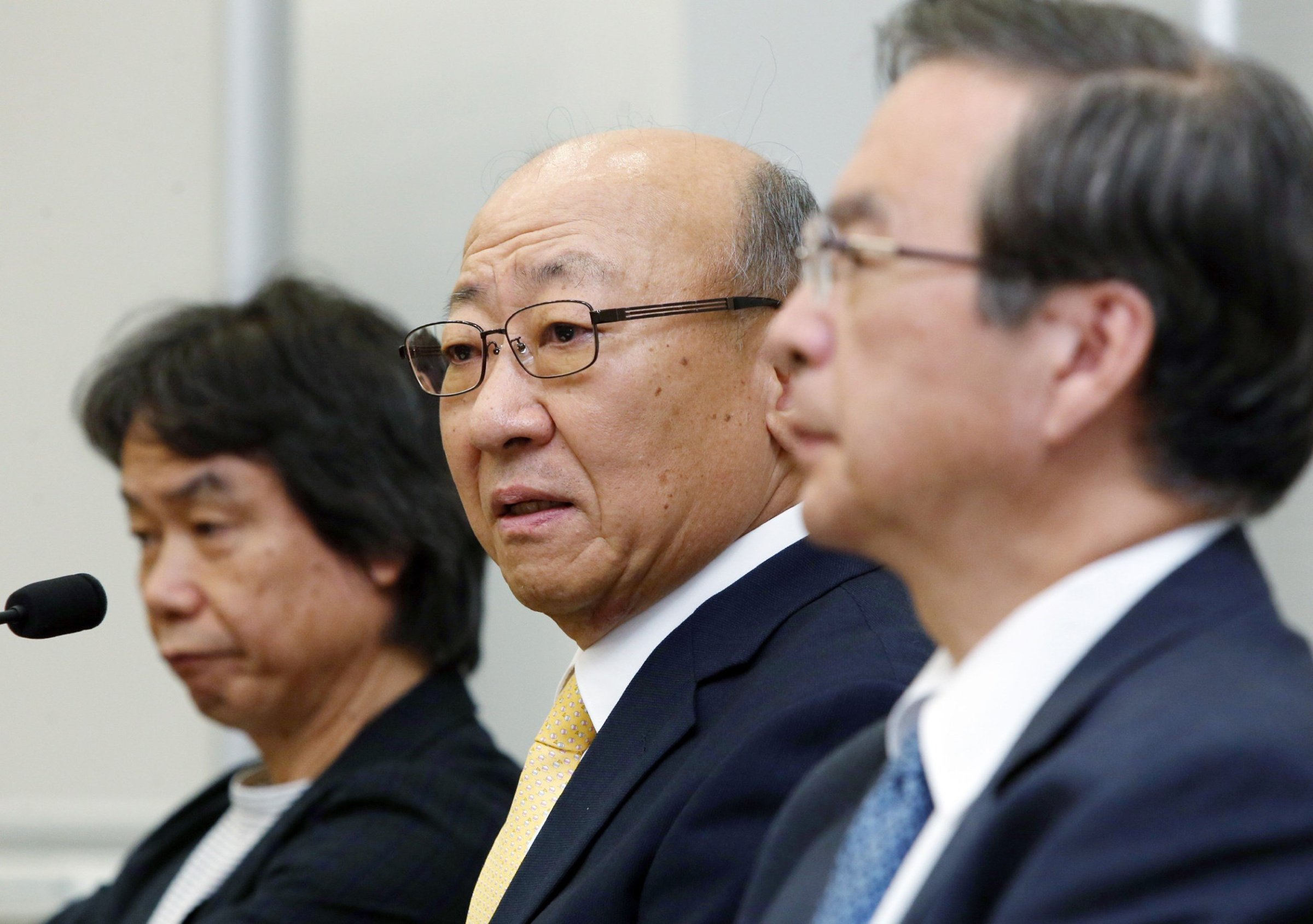
Nintendo has a new president, and not the one so many expected: Tatsumi Kimishima, a 65-year-old former banker and onetime head of Nintendo of America, will replace Satoru Iwata, who died in July after leading the company for 13 years.
In the wake of Iwata’s death, pundits had speculated Nintendo luminary and Super Mario Bros. creator Shigeru Miyamoto might take up the mantle. But that never made much sense. Miyamoto has always been foremost a creator—one of the medium’s prime movers and the heart of Nintendo’s creative mystique. Asking him to oversee the corporate maneuvers of a multi-billion dollar company, however capable he might in fact be, seemed as likely as convincing Picasso to run the Louvre.
What do we know about Kimishima? Many will point to his biz-hued background as proof that Nintendo made a conservative choice, foregrounding a name only Nintendophiles are likely to recognize per his 2002-2006 tenure as president of Nintendo of America (before PR superstar Reggie Fils-Aimé took the job and went on to define the company’s 21st century “blue ocean” image in the West).
But it’s important to remember that Iwata was himself a little known figure when he took the reins in 2002. His reputation as Nintendo’s sometimes dignified, sometimes mischievous, always plain-spoken and unusually public advocate was something he cultivated for years, kicked off in his breakthrough “Heart of a Gamer” presentation at gaming conference GDC in 2005.
“Keep in mind that when Iwata-san took the reigns, his visibility was very low,” says Digital World Research analyst P.J. McNealy. “He was not comfortable with presenting in English, and not presenting in a style that was more familiar at, for example, U.S.-based industry conferences.”
Indeed, the sturm und drang of Western press events was all but absent from Iwata’s often quieter, more intimate video fan-missives. Under Iwata, Nintendo abandoned the annual Los Angeles E3 game show tradition of staging theatrical marketing events, allowing its rivals to thunder and cavort about floodlit, music-shaken stages, while it opted instead for comparably pithy prerecorded videos more respectful of viewers’ time.
Anything is possible, but it’s unlikely Mr. Kimishima would try to fill Mr. Iwata’s public shoes, angling less to be the highly visible tip of a spear already cast by the company’s leadership than its studied and able bearer.
If that’s correct, could it mean more intrepid executive furniture-rearranging around the corner? Perhaps, but Nintendo is not known for snappy executive turnarounds. And remember what it’s up to. This spring, it unveiled plans to make new games for smartphones and tablets, a monster sea change by any measure and a promise it’s already realizing with last week’s Pokémon announcement. Its next big post-Wii U, post-3DS gaming idea, codenamed “NX”—for all we know a panoply of eclectic gizmos powered by software ideas no one’s yet conjured—could make its debut next year (Iwata had promised the company would talk more about NX in 2016).
The company has also added crucial nontraditional revenue streams by launching scads of interactive toys (Amiibo, with around 15 million units shipped in less than one year of sales) and signing up to build devotional theme parks (see Nintendo’s partnership this spring with Universal Parks and Resorts). Factor the challenges ahead for any company trying to make headway in an increasingly volatile, shapeshifting industry, and calling this a merely custodial appointment misses the point: the best laid plans are going to require Kimishima to be as fleet-footed as his predecessor.
See How Super Mario Bros. Changed Over 30 Years

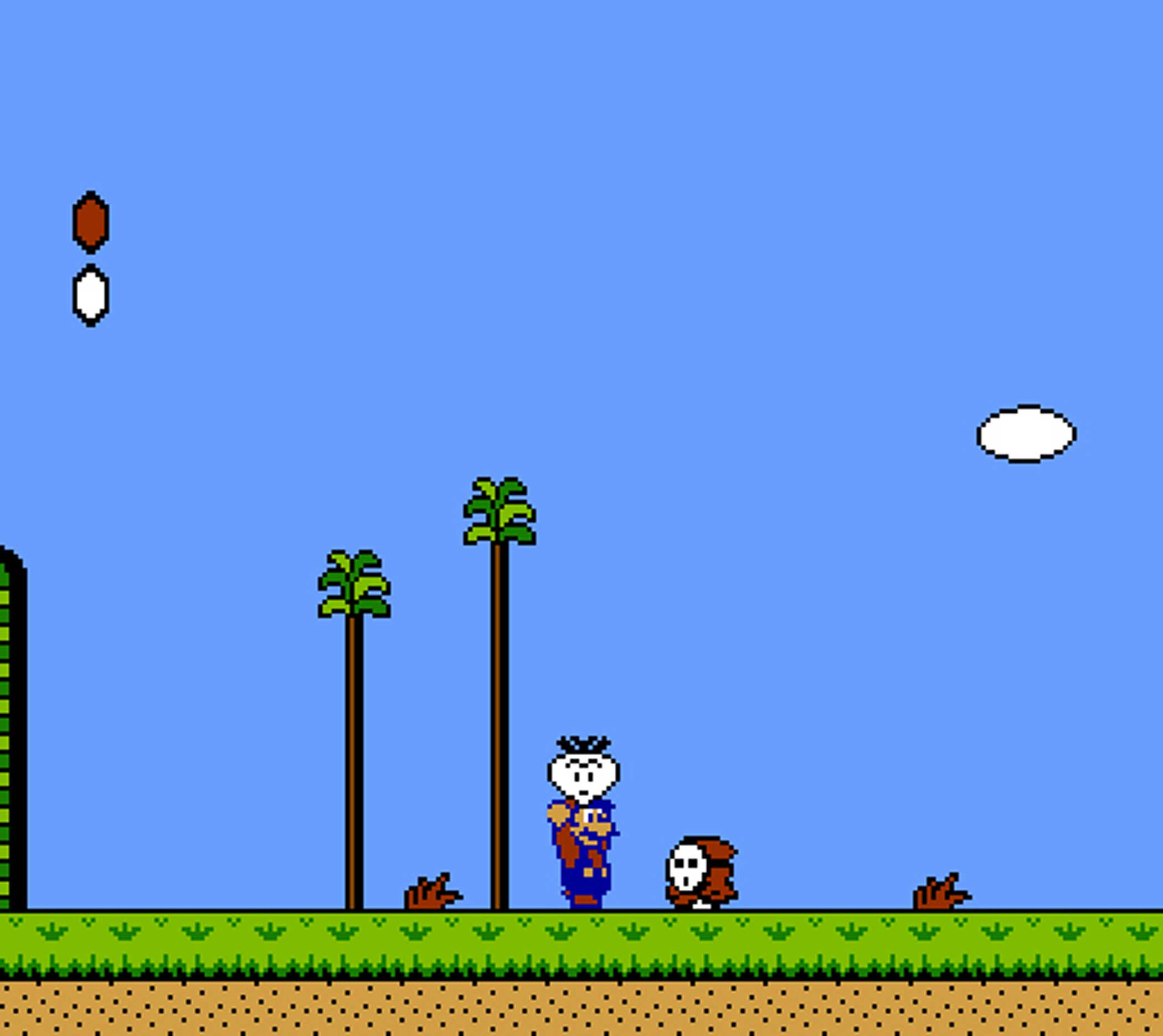
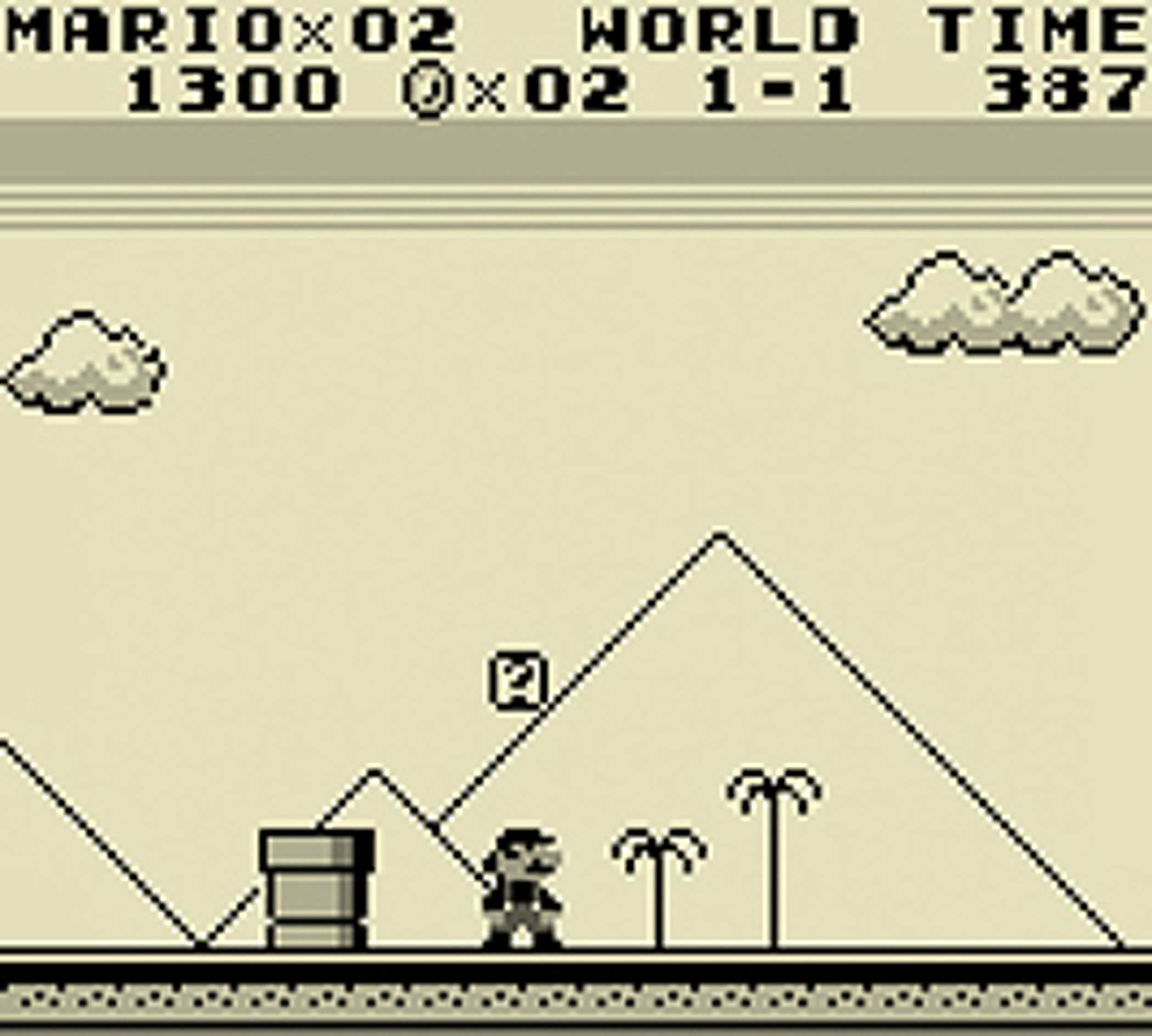




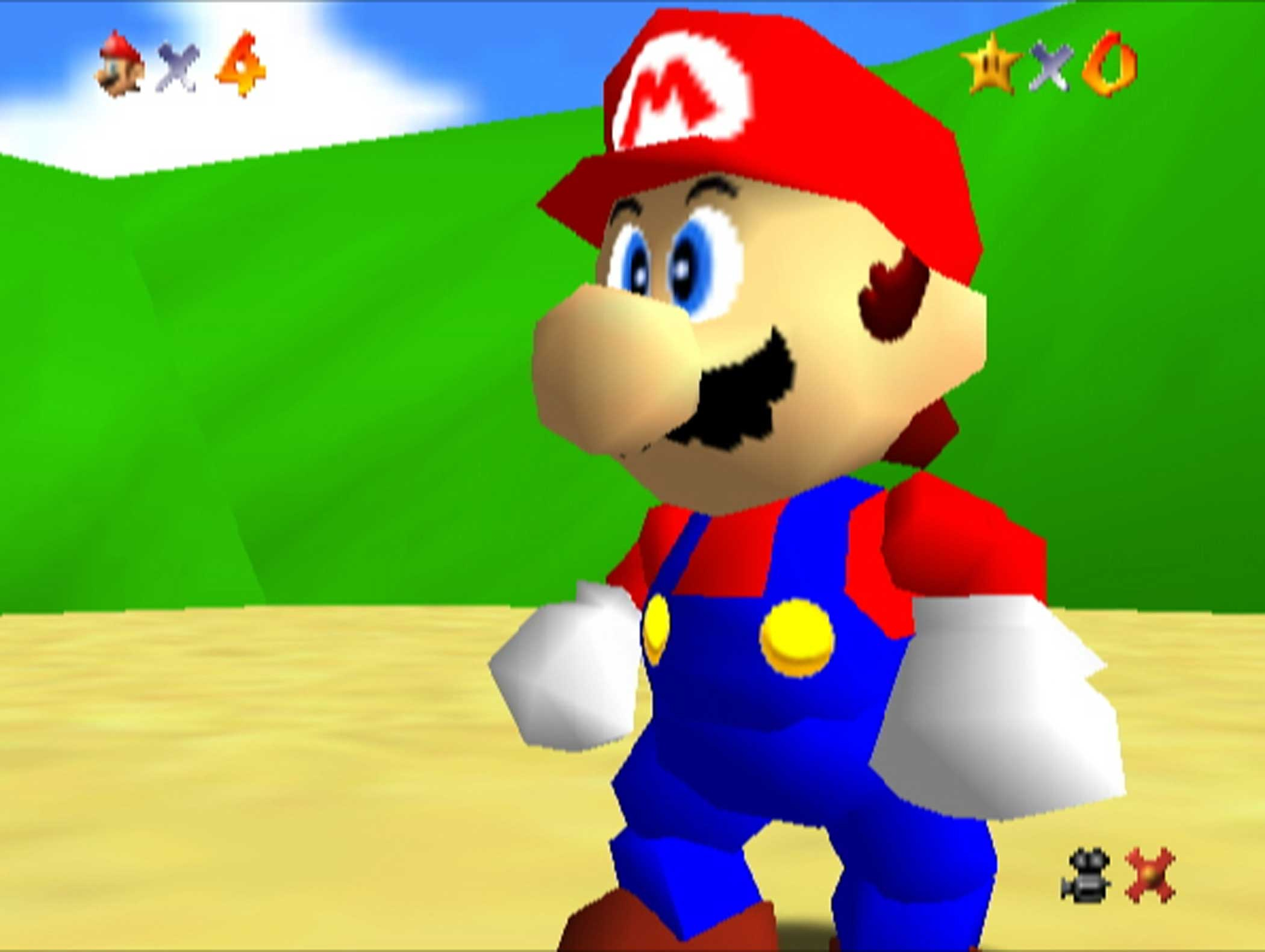
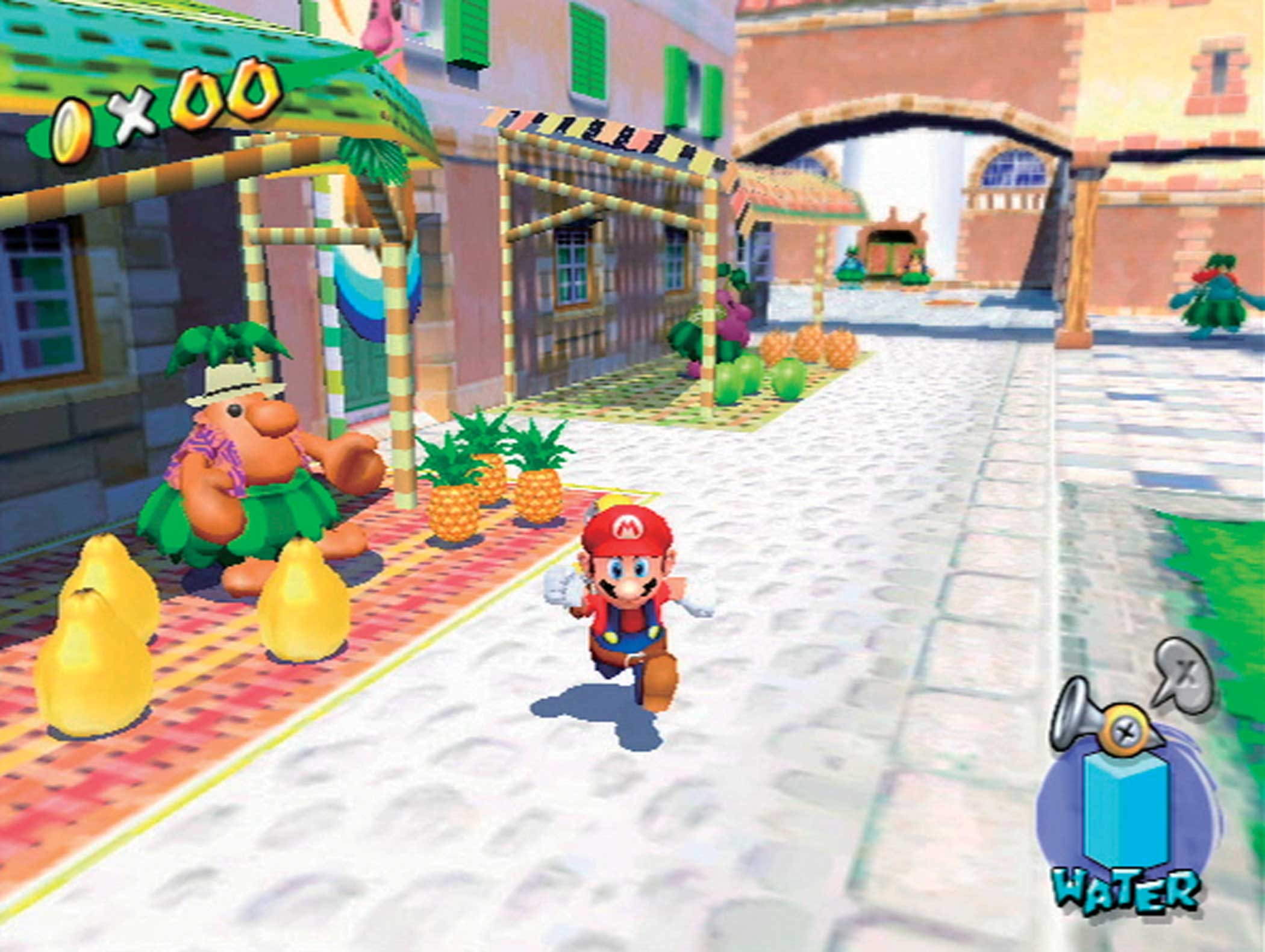
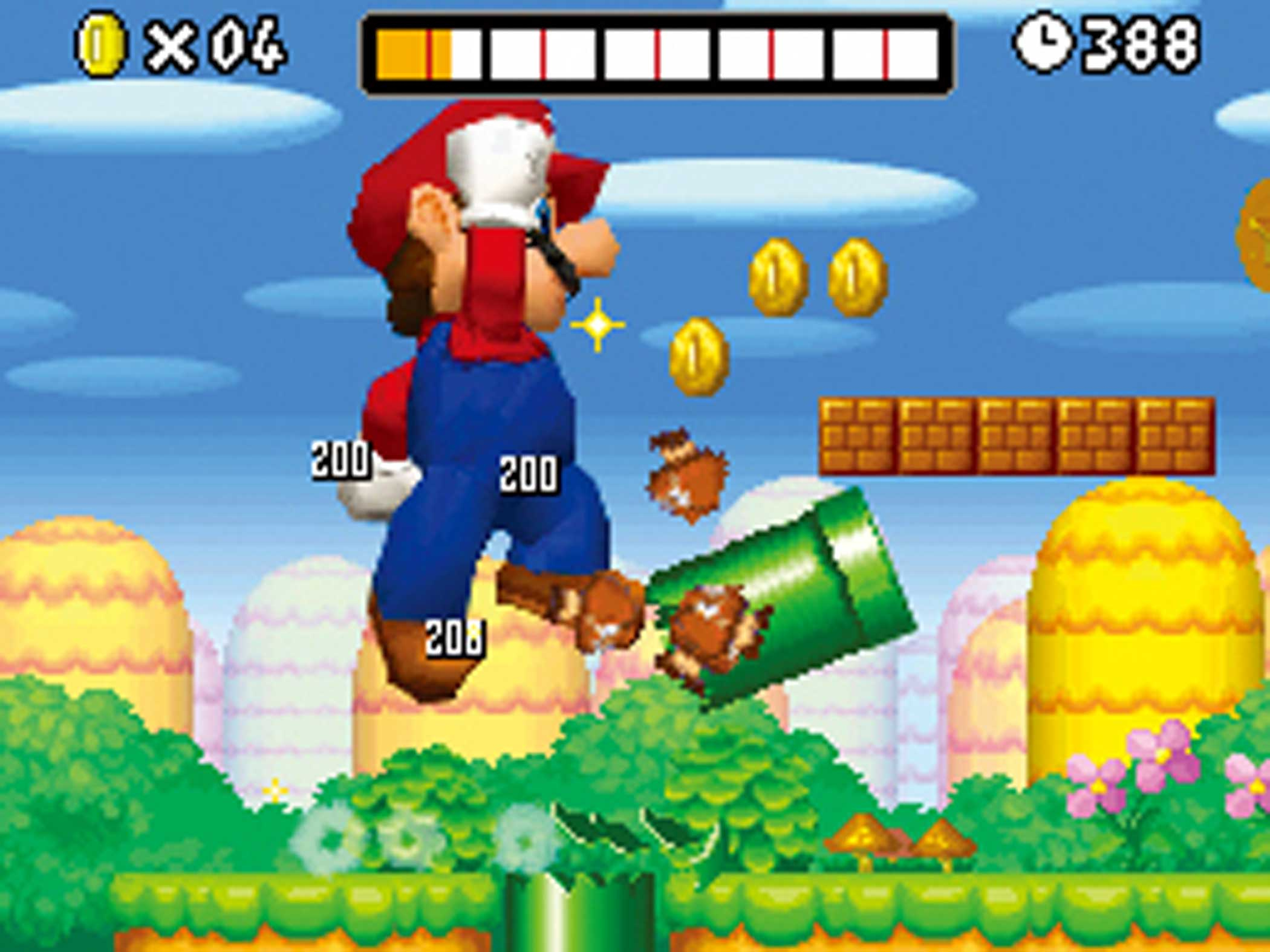
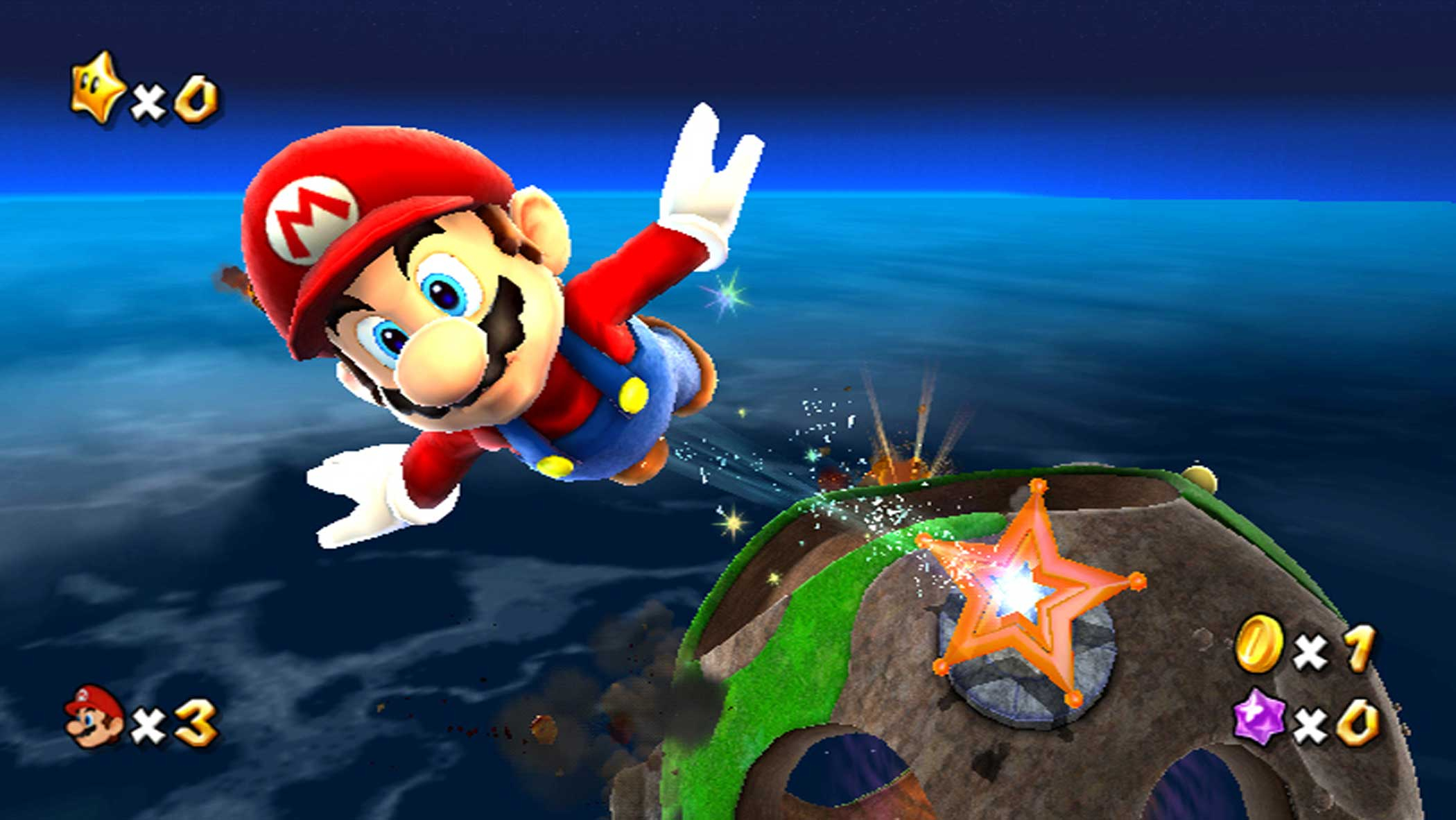
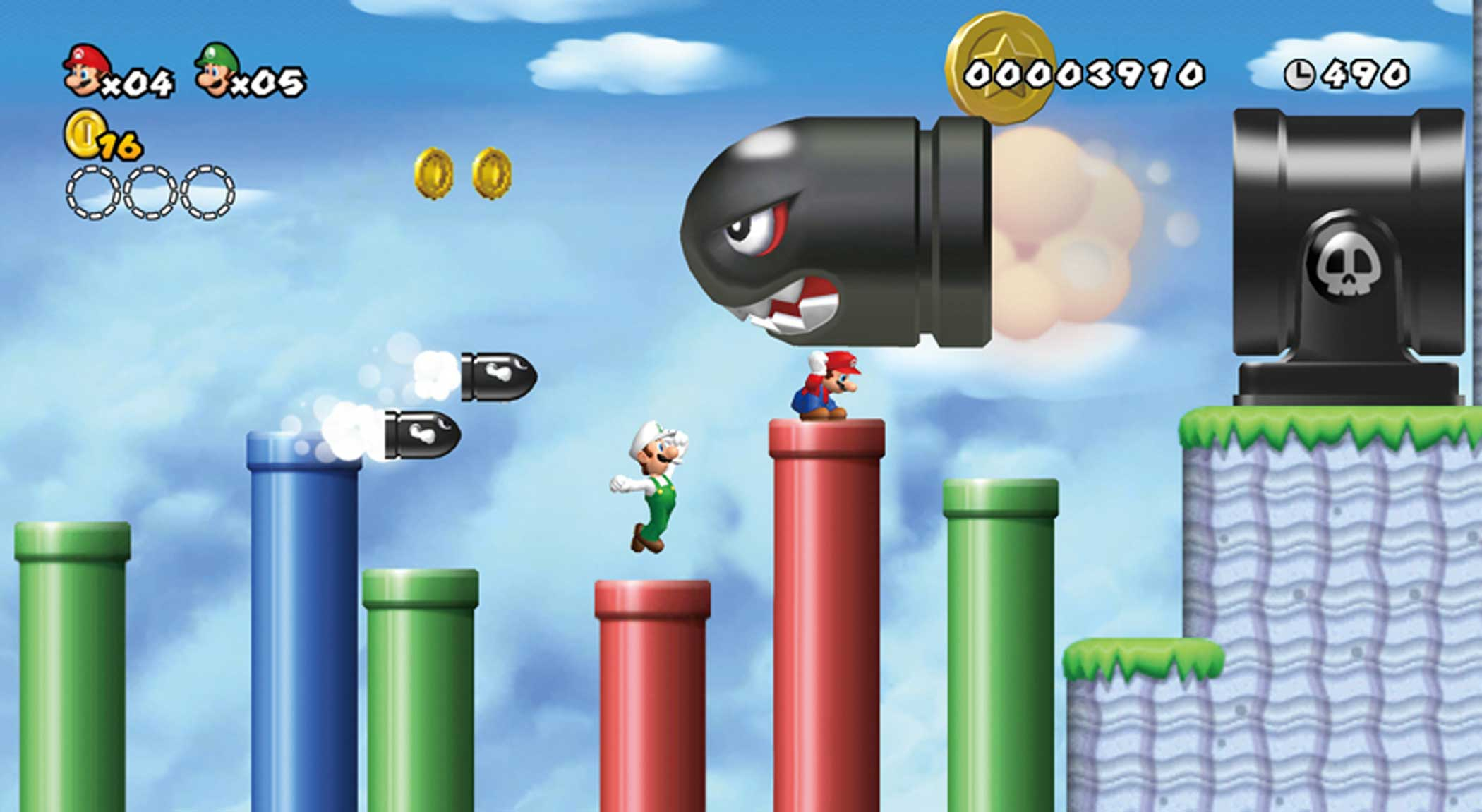
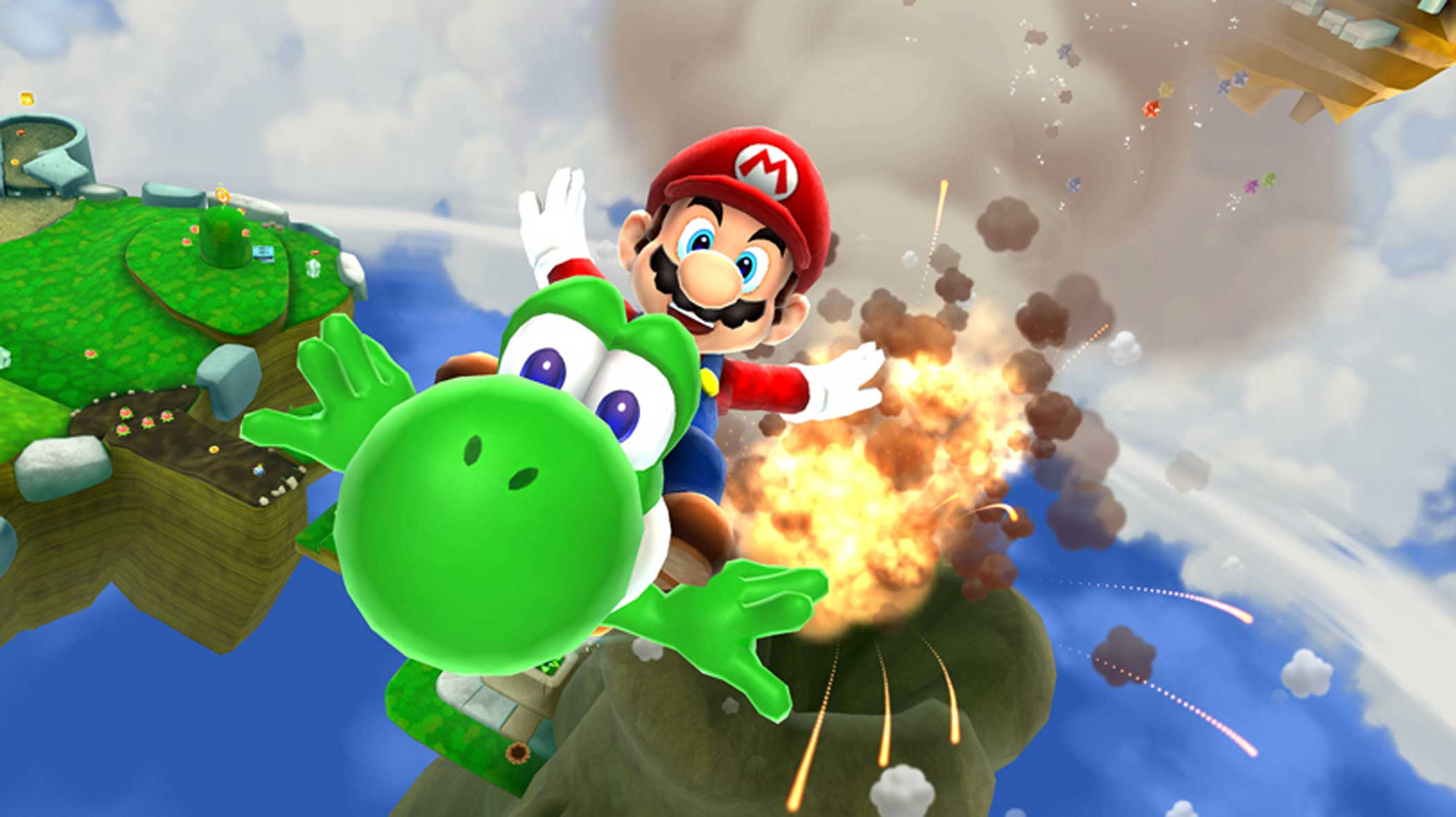




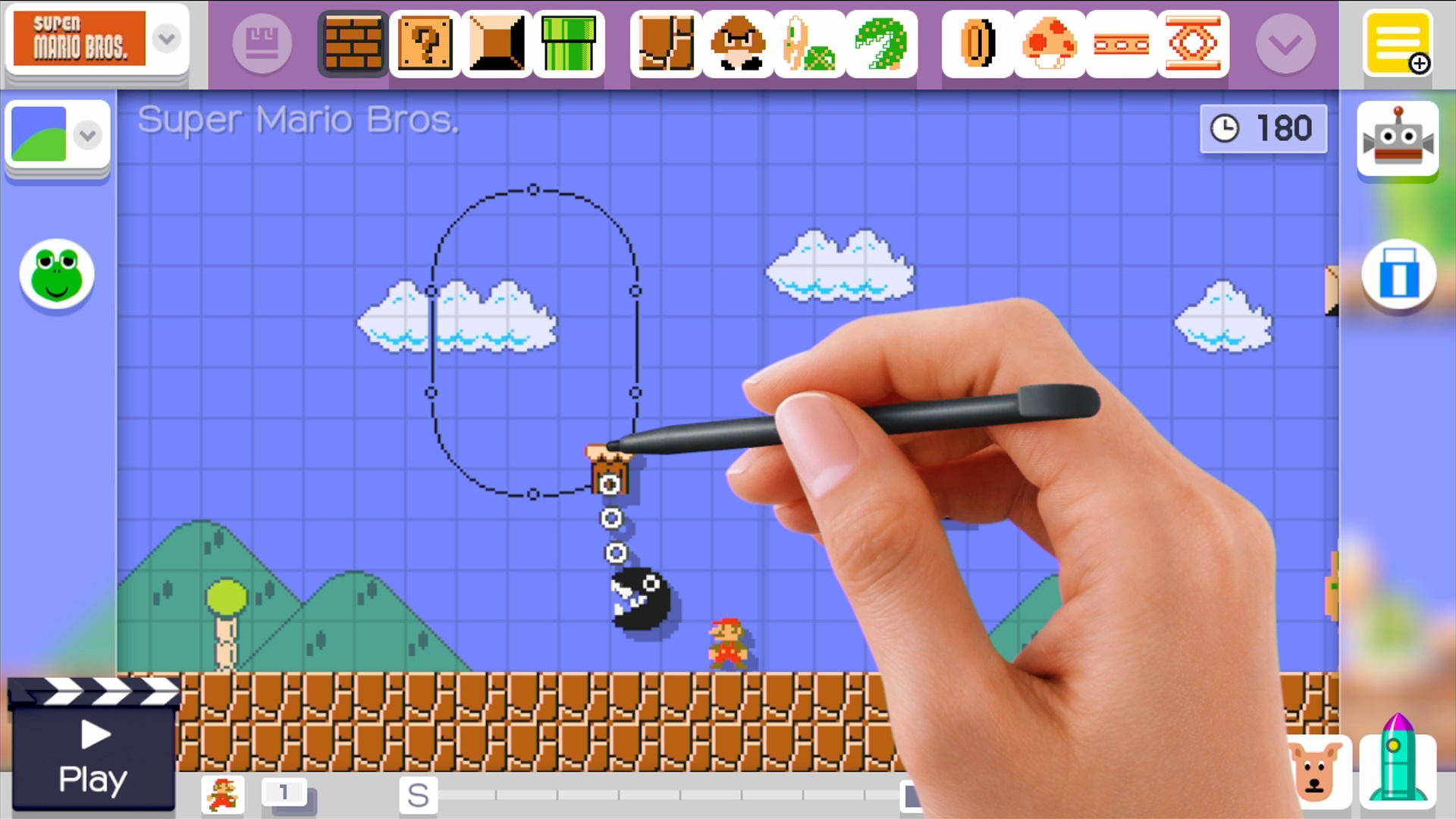
And what of Miyamoto, who in addition to all the games he’s produced or creatively pioneered, has been at the helm of Nintendo EAD, the company’s “entertainment and analysis division,” since 1984? Nintendo had appointed both Miyamoto and Genyo Takeda, who managed the company’s hardware research department since 1981, to act as the company’s Representative Directors after Iwata died in July.
Under the new managerial structure, Miyamoto will be known officially as the company’s “creative fellow,” while Takeda will be its “technology fellow.” A fellow, as defined by Nintendo, is “an individual selected from among the Representative Directors who has advanced knowledge and extensive experience, and holds the role of providing advice and guidance regarding organizational operations in a specialized area.” My guess is that’s exactly where they both want to be.
As for stuff like the company’s Nintendo Direct presentations, I’d wager they’ll continue. Nintendo of America’s Fils-Aimé was already handling the North American and sometimes European segments, and I can’t see why he and others (like Bill Trinen and Satoru Shibata, or in Japan, Shigeki Morimoto) wouldn’t want to continue in that role.
Though who am I to say. Sometimes the best way to honor an idea, especially one you know works, is to carry it forward more or less intact. But on the other hand, especially when the idea you’re honoring involves constant reinvention, it may be, as Iwata once joked to me, time to upend the tea table once again.
More Must-Reads from TIME
- How Donald Trump Won
- The Best Inventions of 2024
- Why Sleep Is the Key to Living Longer
- Robert Zemeckis Just Wants to Move You
- How to Break 8 Toxic Communication Habits
- Nicola Coughlan Bet on Herself—And Won
- Why Vinegar Is So Good for You
- Meet TIME's Newest Class of Next Generation Leaders
Write to Matt Peckham at matt.peckham@time.com